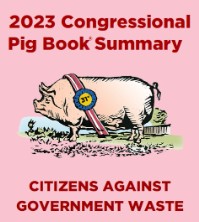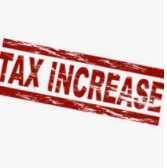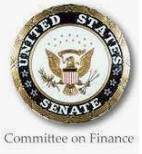
Eliminate Federal Subsidies for Amtrak
1-Year Savings: $2.5 billion
5-Year Savings: $12.3 billion
Since Amtrak was created in 1971, it has cost taxpayers more than $40 billion. The railroad was supposed to earn a profit but has continuously failed to do so. In some cases, it is less expensive to use other forms of transportation. A 2009 study found that taxpayers paid $32 in subsidies per Amtrak passenger. By booking a month or more in advance, it is possible to buy a round-trip plane ticket from New Orleans to Los Angeles for less than the $437.82 that Amtrak loses per passenger on a one-way trip between those same locations.
A January 2018 Ernst and Young audit found that “the Company has a history of operating losses and is dependent upon substantial Federal Government subsidies to sustain its operations and maintain its underlying infrastructure.” An August 2012 New York Times article reported that Amtrak had lost $834 million on food service alone since 2002, largely due to employee theft.
Unfortunately, the waste and abuse does not end with food sales. The Amtrak Office of Inspector General (IG) has issued several reports detailing inadequate supervision, including a September 2012 report that investigated two employees who received fraudulent pay for hours they never worked. One employee was paid $5,600 in regular and overtime pay “when he was actually off Amtrak property officiating at high school sporting events.” Another employee was observed for 84 days, and it was discovered that “$16,500 of the $27,000, or 61 percent of the overtime wages he was paid
were fraudulent.” The IG concluded that, since it is likely that this employee had a history of fraudulent overtime pay, the amount of fraudulent pay “would be approximately $143,300 of the $234,928 that he was paid.”
Amtrak has also failed to control costs on key expansion projects. The overhaul of Union Station in Washington, D.C., “faces significant risks of coming in over budget and behind schedule,” according to an August 1, 2018 IG report. Projects in Virginia were cited for poor staff communications and project delays.





























Recent Comments